
Any Instagram Photo Can Now Be an Ad with Product Tagging for All
The ability to tag products in Feed posts on Instagram is rolling out to all users today, enabling any photo to act as an advertisement.

The ability to tag products in Feed posts on Instagram is rolling out to all users today, enabling any photo to act as an advertisement.

Instagram has announced that its product tagging feature is coming to everyone in the United States over the next few months as part of its overarching goal to move away from photography and towards video and shopping.

I had a death in the family this week, as my brother in law Michael Stroud passed away, after a three-week hospital stint. There are many parts of the grieving process, of course, and one big one is revisiting memories, with photos and video.

The Photographer's Ephemeris—one of the most popular location scouting apps on the market—has just added support for a user-friendly type of location tagging called "what3words." The update should make it easier for landscape and outdoor photographers to save and share their exact photo location no matter where on Earth they're shooting from.

A giant cave has been discovered in British Columbia, Canada, and the opening is large enough to fit the Statue of Liberty inside. But the location of the cave in Wells Gray Provincial Park is being kept a closely guarded secret in order to keep Instagram tourists away from the spot.
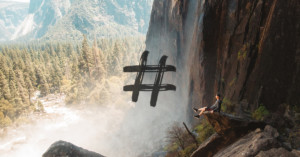
I’ve seen a lot of threads and questions online regarding how to increase an Instagram following and get more traffic. But while there are plenty of great articles out there explaining various techniques (i.e. posting times, consistency, engagement, etc.) I haven’t seen a lesson on hashtags.
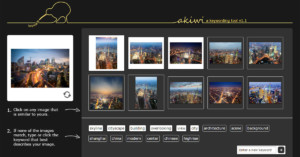
Akiwi is a new website that's designed to help you keyword photographs with minimal effort. It's a semi-automated image tagging system that is easier than manually tagging and more accurate than automatic image recognition.
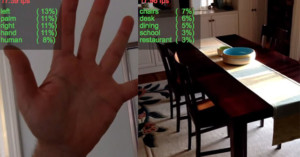
With over a trillion photos created every year now, one feature that could help people make sense of their massive photo collections could be object recognition and automatic tagging. If your camera and photo management software can figure out what's in your shots, it'll make searching through old photos much more easy and intuitive.
Companies and researchers are working hard on pushing this field forward. Photo sharing services are already adding auto-tagging to their systems -- Flickr and Google had to work out some early "racist" bugs -- and now we're getting a glimpse of what the technology could look like live, in cameras.

You have just composed your photographic masterpiece. After hours of planning, precise composition, and utilizing your technical knowledge, you have captured the perfect image. It's now time to share it with the world, but hours after posting your pièce de résistance, you've only received a meager two views.
In this article, we'll be discussing some basic tips for helping you make your work shine and become more noticeable on photo sharing sites.

Flickr sparked some controversy back in May after it was discovered that the service's new autotagging feature was prone to mislabeling black people as "apes." It looks like Google Photos developers didn't learn from Flickr's embarrassing misstep: a Google developer is apologizing after it was found that Google's Photos app misidentifies photos of black people as "gorillas."
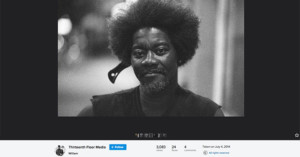
Flickr has caused some unexpected controversy with the auto-tagging feature it launched earlier this month. The "advanced image recognition" system has been found to make some pretty embarrassing and offensive mistakes, including tagging a portrait of a black man with the word "ape."

No matter how many years you’ve been a photographer or what level you’re on, sometimes it’s important to get back to the basics. To help do just that, Adobe Creative Cloud News has put out a new video that goes through the basics of flagging and rating images in Lightroom.

In a year already filled with quite a few changes for the social media giant Twitter, two newly announced photo-related features show that the microblogging site is committed to becoming a more visual platform.

Yahoo! certainly doesn't shy away from acquiring companies it believes will help its cause. In some cases those acquisitions turn into long-term investments ala Flickr, in others the acquired company just sort of disappears.
The latest acquisition news out of the Yahoo! camp is that image-recognition startup IQ Engines is joining the Flickr team in order to help improve the organization and search features of the photo sharing site.
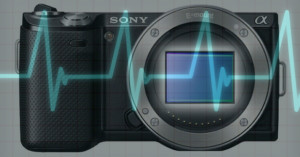
Have you ever looked back at a photo and wondered "what was my heart rate and blood pressure when I took this photo?" Yeah, neither have we. But on the off-chance that you have, a new Sony patent application might pique your interests.
The technology specified in the application intends to enable the company's cameras and mobile devices to tag your photos with vital sign information -- allowing you to not only ask those questions, but have them answered as well.

One of the key features afforded by the fusion of photo sharing and social networking is people tagging. On services such as Facebook and Flickr, adding information to identify the people in photos is as easy as clicking/tapping a face and telling the service who that subject is.
Instagram this morning announced that it's joining in on the people-tagging fun. The company has released a new "Photos of You" feature that makes tagging a person as easy as adding a hashtag.
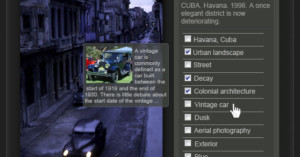
Want to play role in the legendary agency Magnum Photos? Well, now you can as a "Magnum Tagger". The cooperative is having a tough time keeping their large archive of historical photographs organized and easily searchable. Of the 500,000 images they've uploaded to the web, about 200,000 have little or no associated metadata.

Tagging friends in massive group photographs is about to get a whole lot easier. Facebook has just announced “tag …